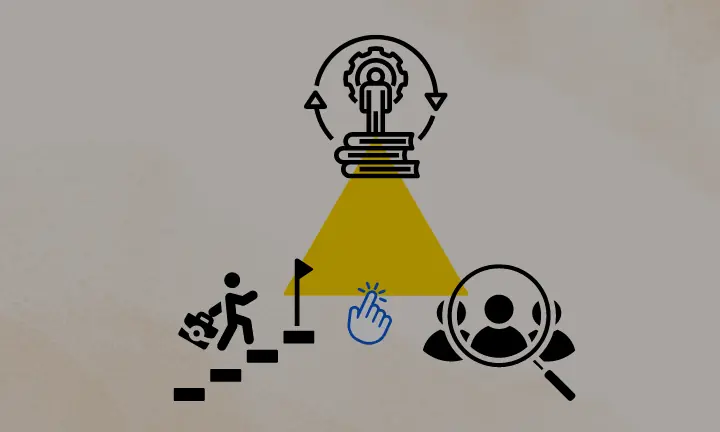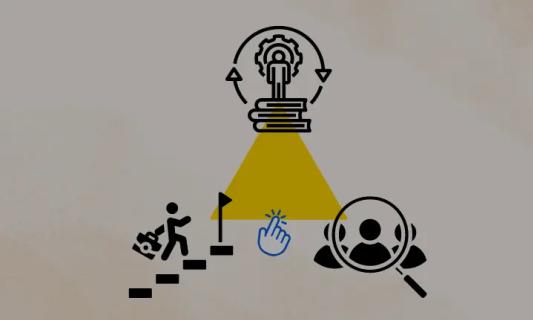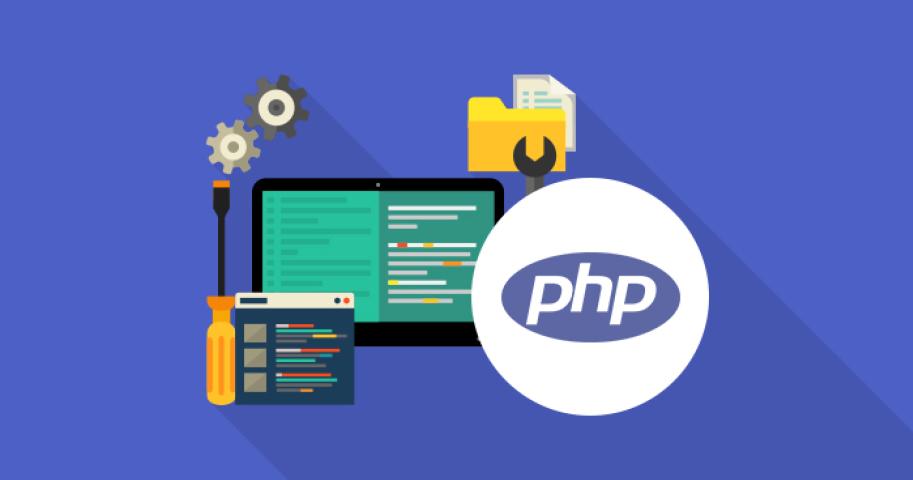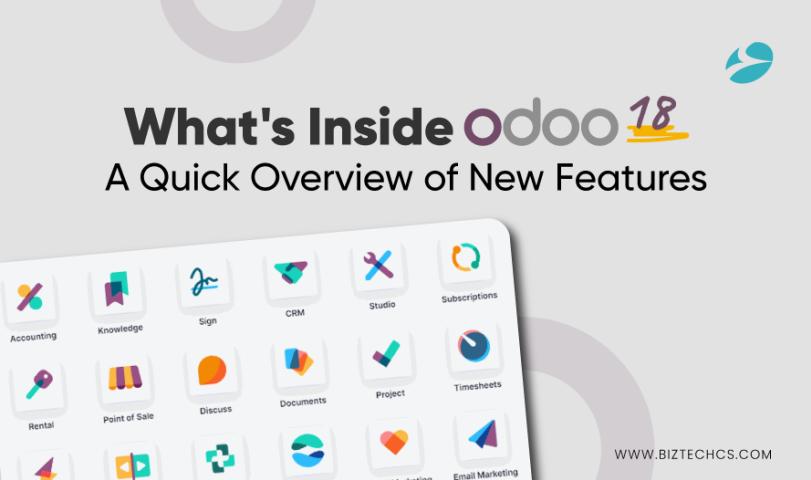The buzz around AI is palpable! The need for new skills and the rush to create AI-powered teams grows stronger – the whispers of Gen AI working hand in hand with humans are only growing louder.
It’s clear that AI isn’t just a transient trend, it’s a tectonic wave reshaping the IT landscape. According to Accenture, more than $10.3 trillion in additional economic value can be unlocked by 2038 if organizations adopt Gen AI responsibly.
However, questions arise. Are the team’s roles at risk? Do we fast-track reskilling to become overnight AI champions? Or should we recruit a new breed of talent?
Leaders everywhere tremble in the FOMO of being left in the dust in the AI race. But, the excitement needs to align with the right strategies. A fragmented approach cut off from the broader organizational vision can be counterproductive.
Addressing the paradigm shift can’t be a standardized, one-size-fits-all solution. It’s about balancing upskilling, reskilling, and hiring to build a future-ready workforce. Let’s dive in and find out more!
Hiring IT Professionals
Hiring is when you recruit resources rather than train the current ones. This is fine until bullish and aggressive recruiting strategies from major tech firms worldwide drain the already scarce talent pool. Additionally, according to PWC, hiring will take time and money, and new hires may lack in-depth institutional knowledge.
When building advanced generative AI models, organizations will need talent that holds expert competency in some of its facets – one being prompting skills. You’ll have to hire prompt engineers to optimize the delicate and contextual nature of prompting. Ashu Dubey, co-founder and CEO of Gleen AI, says “Hiring prompt engineers makes a lot of sense for companies that are engineering AI products.”
Similarly, data scientists will need to function with large datasets and predictive models, implement analytical models, and perform other duties. As per a study by Foundry, 28% of companies said they have hired data scientists to support generative AI, while 30% said they have plans to hire candidates.
As per CIO, hiring plans are looking to intensify for Machine learning engineers (28%), AI researchers (19%), Algorithm engineers (31%), Deep learning engineers (28%), NLP engineers (27%), AI chatbot developers (27%), Chief AI officers (21%), AI writers (21%), and AI artists (15%) in companies looking to integrate Gen AI in their workplace.
Upskilling Workforce
Upskilling involves improving employee skills through personalized and innovative development and training programs to lower skill gaps and prepare them for the future that interplays with Gen AI. So, why is upskilling essential? As per Deloitte, organizations that embed a skills-based approach are 63% more likely to achieve results than the ones that don’t.
Companies could also focus on setting up a sustainable engine for upskilling their employees at scale. According to an article by PWC, “A proactive approach to skill development and education is vital to prepare the workforce for future opportunities.” As per Deloitte, skill-based companies are 98% more likely to have a reputation as a great place to grow and develop.
Now, how do you go about it? According to Deloitte, assess your current state and identify your desired future state, wherein you understand your business strategy, articulate the AI vision, conduct a skills and learning-needs assessment, and develop a learning strategy.
Further, you’ll need to invest in, develop, and deliver effective training centered on classroom, social, and on-demand learning that’ll touch upon real-world experiential applications. In the end, sustain this change and make the learning stick.
Deloitte also states that companies will need a framework for Gen AI-induced changes. In this framework, leadership will commit to a Gen AI strategy, champion the benefits of Gen AI, address concerns and resistance, foster an environment for learning, and implement guidelines and governance.
McKinsey states, “Upskilling programs will take on greater importance than ever, as employees will need to learn to manage and work with gen AI tools.” Saurabh Sanghvi, Partner at McKinsey & Company, says, “Everybody is learning about these emerging technologies. Everybody needs to upskill. Companies can think about opportunities to hire from within instead of externally for an open role.”
According to Forbes, “The need for upskilling is apparent for IT staff such as developers, security professionals, and data engineers.” Also, it goes on to say “It’s equally important for software development companies to train teams outside of tech roles, creating Gen AI experts throughout the company.”
So, what do you get out of skill development? For one, both humans and AI coexist. Deloitte envisions a symbiotic ecosystem, “a balanced partnership between humans and Generative AI.”
It says, “Humans concentrate on strategy, complex problem solving, and interpersonal connections, while Generative AI handles both repetitive and data-heavy tasks as well as kick-starting creative processes.” It adds, “The landscape of skills will evolve—some will be augmented, others will be automated, and new skills will emerge.”
Costs will also be key. As per a report by ClearML, the first year of training, fine-tuning, and serving a model for 3000 employees hovers around $1 million while using an in-house AI team. Also, 92% of the companies are committed to increasing their budgets to match the users’ needs. Further, 27% are willing to pay $250 per user per year.
Reskilling Workforce
Reskilling involves teaching your current workforce new skills. In this scenario, resources may have to pick up an entire set of new skills to do a new job. A reskilling framework will provide the best learning experience to facilitate a lateral jump from one position to another.










